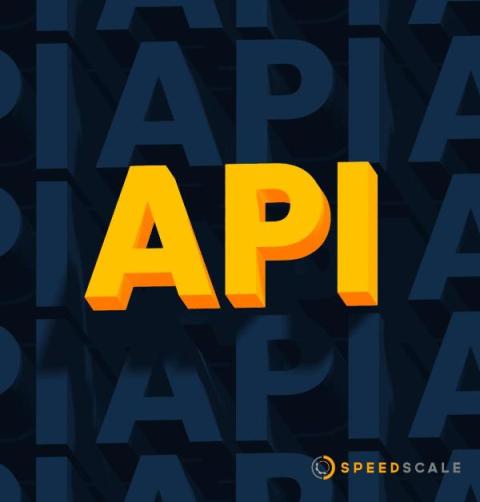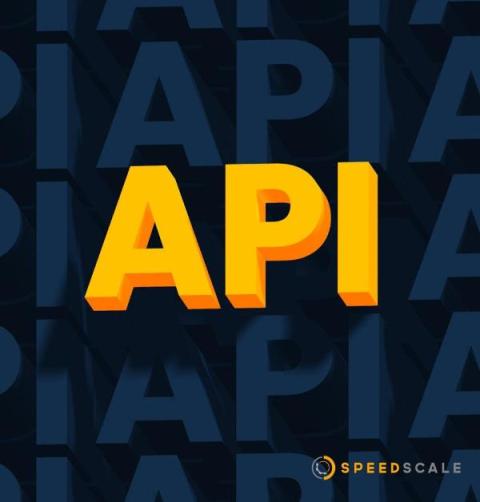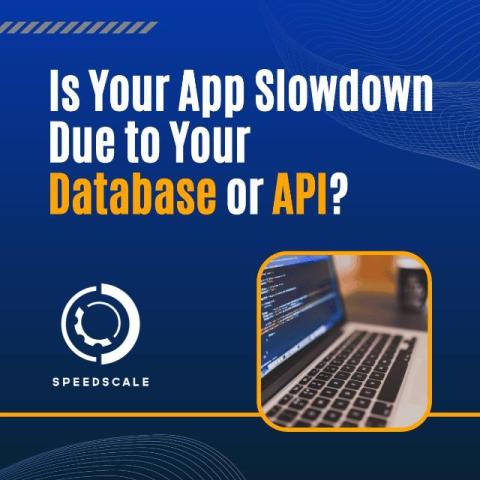Simulating Database Performance Under Load with Speedscale
Big data storage tools like BigQuery, Hadoop, and Cassandra are used to manage large volumes of structured and unstructured data generated by modern applications. Unlike traditional databases, these tools provide scalable and distributed infrastructure that efficiently stores, processes, and analyzes petabytes of data across clusters.












